Dear Indian Grocery Store under the Freeway
Sita Kuratomi Bhaumik2013 Turmeric and cardamom on paper, mehendi stencils, paint, text. Variable dimensions. Courtesy of the artist.
contributor
XSita Kuratomi Bhaumik
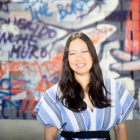
- See All Works
- visit website
- [email removed]
Sita Kuratomi Bhaumik is conceptual artist working with craft and food to tell the stories of migration. Sita holds a B.A. in Studio Art from Scripps College, and an M.F.A. in interdisciplinary art and an M.A. in Visual and Critical Studies from California College of the Arts. Raised in Los Angeles and based in Oakland, she is Indian and Japanese Colombian American. Sita has exhibited and collaborated in the US, Holland, Ireland, Hong Kong, and Mexico. Her projects include installing curry powder in a European castle, importing artisan goods over the US-Mexico border, and leading workshops about food, migration, and memory in Hong Kong. Her most recent project, Estamos contra el muro | We are against the wall, involved the collaborative construction of a border wall made entirely of piñatas. The East Bay Express described it as "the most joyous political critique of the year."
Sita is also a co-founder of the People's Kitchen Collective (PKC), who were named in 2016's Yerba Buena Center for the Arts’ YBCA 100 list. They are recipients of the Center for Asian American Media’s (CAAM) Advocate Award and were awarded support by the Kenneth Rainin Foundation Open Spaces Program. PKC recently exhibited with For Freedoms, the first artist-run super PAC at Jack Shainman Gallery in New York and at the Smithsonian Asian Pacific American Center's Crosslines pop-up museum. The goal of The People's Kitchen is to not only fill our stomachs but also nourish our souls, feed our minds and fuel a movement.
See also peopleskitchencollective.com.
Photo credit: Rachyel Magana
For the Love/Hate of Curry
A golden, aromatic spice blend that is prized by some and reviled by others, curry powder is a polarizing substance. Over the past five years I have used it as a dye, perfume, and pigment in my art practice. But I rarely eat the bottled stuff.
What, exactly, is curry? It is a delicious dish and an inadequate word. As food historian Thy Tran once told me, it is a word that falls short because it attempts to use the language of the colonizer to describe the many foods of the colonized. The first reference to curry powder was published in Mrs. Beeton’s Book of Household Management (1961), a book to aid British housewives in the particulars of maintaining a proper home in the colonies. I began to trace my own history through an alternative spice route. Being Indian and Japanese Colombian American, we ate curry all the time in our house. Indian cooks don’t usually use curry powder--but my mother, who is Colombian-born Japanese, made the kind that came out of a box. She mixed it with chicken, carrots and potatoes to create one of my favorite meals (coincidentally, the most popular brand of curry powder happens to be my initials, “S&B” and so I took it as a sign that I was meant to work with the material). Why does Japan’s #1 dish come from a package? Japan was introduced to curry by the British who made a roux of flour and fat with the spice blend. The Indian varieties? Those were more difficult to define. My father is from a small village outside of Kolkata. I still have no idea what is and isn’t a “curry.” Neither does my family. It’s just food in sauce – but it’s so much more.
After my first installation with curry powder in 2008, I searched the phrase “smells like curry” online. I suppose I expected to find a racist joke or two and a few recipes. Instead, I found thousands of entries referring to the way Indian people smelled. The one I will always remember was a posting on Yahoo! Answers:
Q: Help, my neighbor’s house smells like curry.
A: Call the INS.
I became obsessed with this anonymous entry. For the first time I realized that race is constructed by more than what we see.
Over the next few years I sprinkled curry powder through the streets of Oakland, opened a Curry Institute (2011) at Whitman College, where visitors could chart their own Curry Cartography, and worked with perfumer Yosh Han to create a curry perfume called Gilt (2010) just because I wanted everyone to have the right to smell like curry. Eventually the spice pieces made their way onto the walls themselves.
Although my ingredients span the globe, I always source my materials from family-owned businesses. I had been purchasing ingredients from Bombay Bazaar, a hidden grocery store that had closed and re-opened in San Francisco’s wildly gentrifying Mission district. The last time I went in to say hello, the store had disappeared. Shelves, fluorescent lighting, and all. It is with the last batch of spices purchased at this shop that I created Dear Indian Grocery Store both in the bathroom of 18 Reasons in San Francisco and at the San Jose Museum of Art in November 2013. Feeling yet another loss in a city I recognize less and less, I wrote an open letter to the grocery store. This letter always accompanies the installation. As with my previous installations, the excess curry powder collected from the installation will be used to dye napkins and tablecloths for a sliding-scale community dinner. The curry powder is reserved for the art - it is rarely used in the cooking of the meal.
Most Indian cooks would never be caught with curry powder in their kitchens - it limits the complexity and variety of a dish. This powder is India concentrate. This is the myth we expect in Indian supermarkets, restaurants, and, yes, even people. But this complicated blend has also been transformed into the unique flavors of comfort all over the world.
location
X- Born: Los Angeles, CA, USA
- Based: Oakland, CA, USA


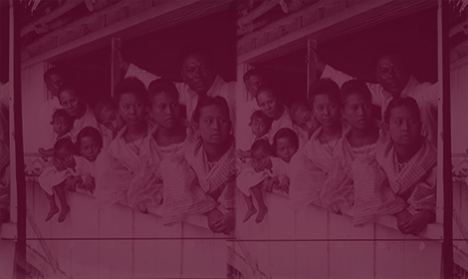

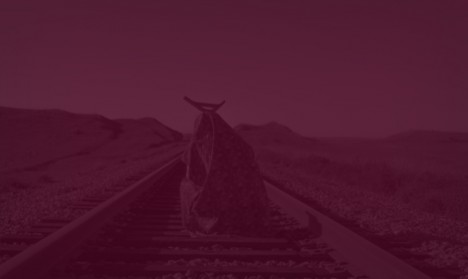

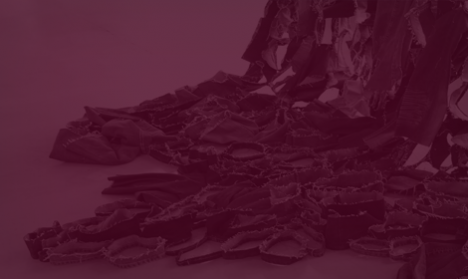
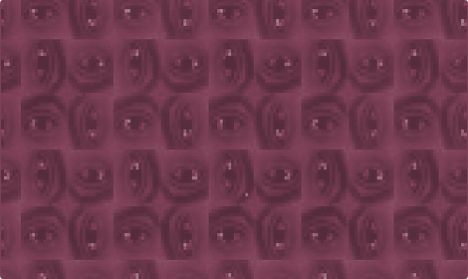

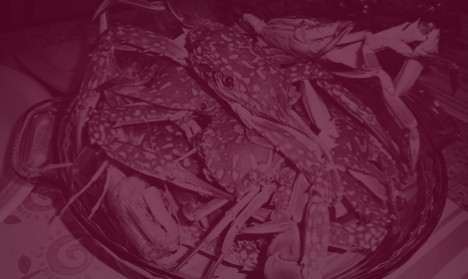















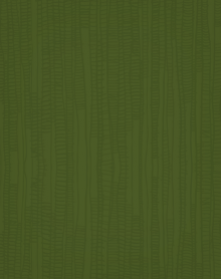



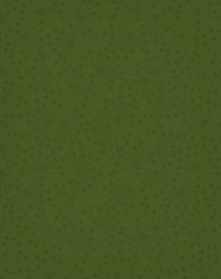
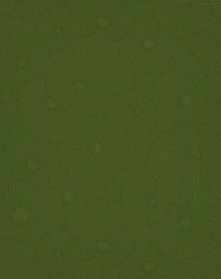


.jpg)

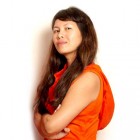


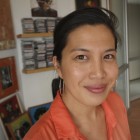

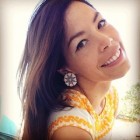

.jpg)
.jpg)
.jpg)

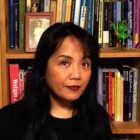

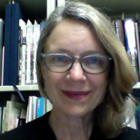
.jpg)



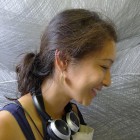



.jpg)
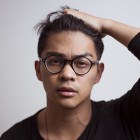
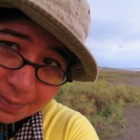
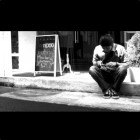

.jpg)


.jpg)
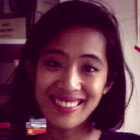

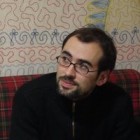
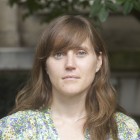
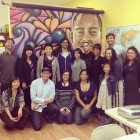

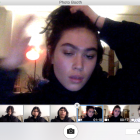
_Cropped.jpg)
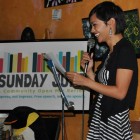
.jpg)
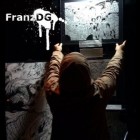


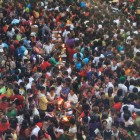

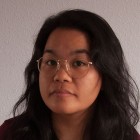

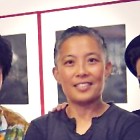
.jpg)
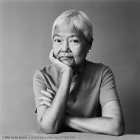
.jpg)


.jpg)
.jpg)
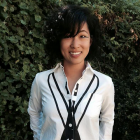


.jpg)


.jpg)


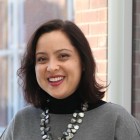

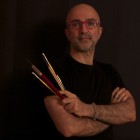

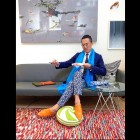
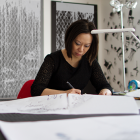
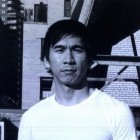

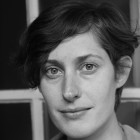
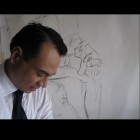
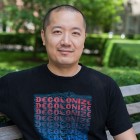
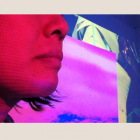

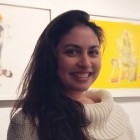

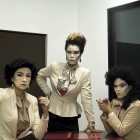
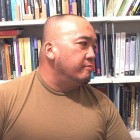
.jpg)
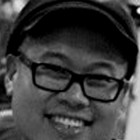



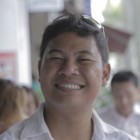


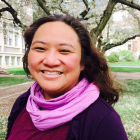
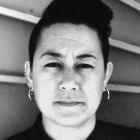



.png)





.jpg)

.jpg)
.jpg)




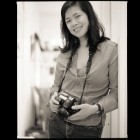
.jpg)
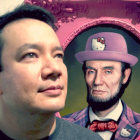
.jpg)
.jpg)
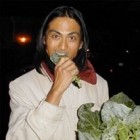


.jpg)
.jpg)
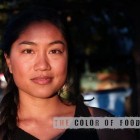

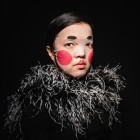
.jpg)
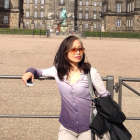
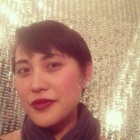
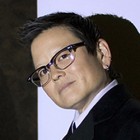
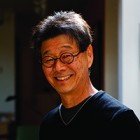

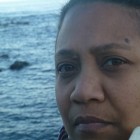
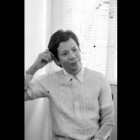
.jpg)


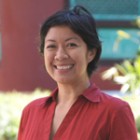


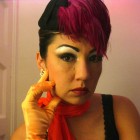
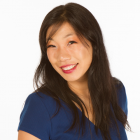
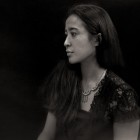

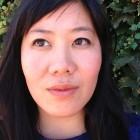
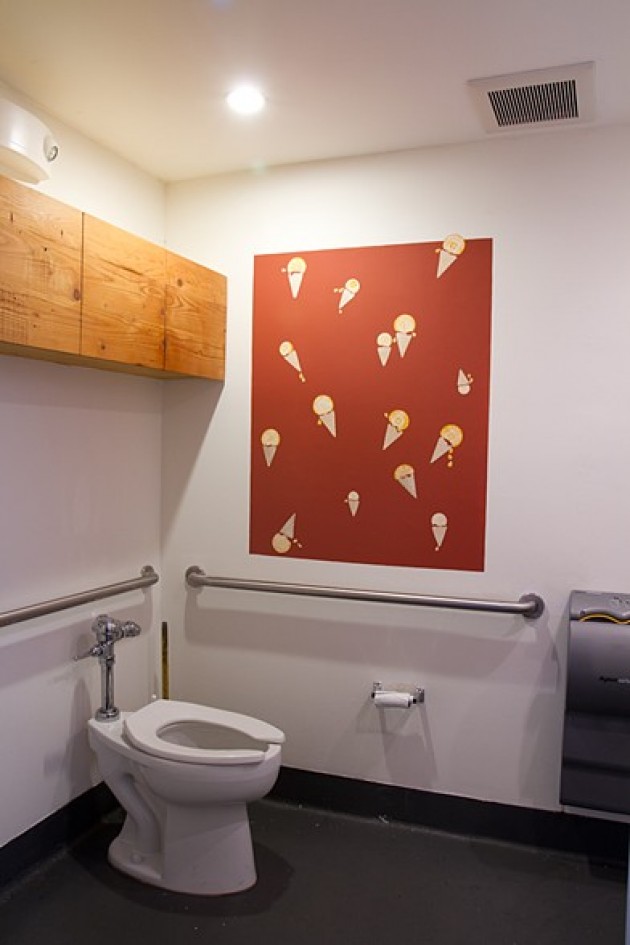
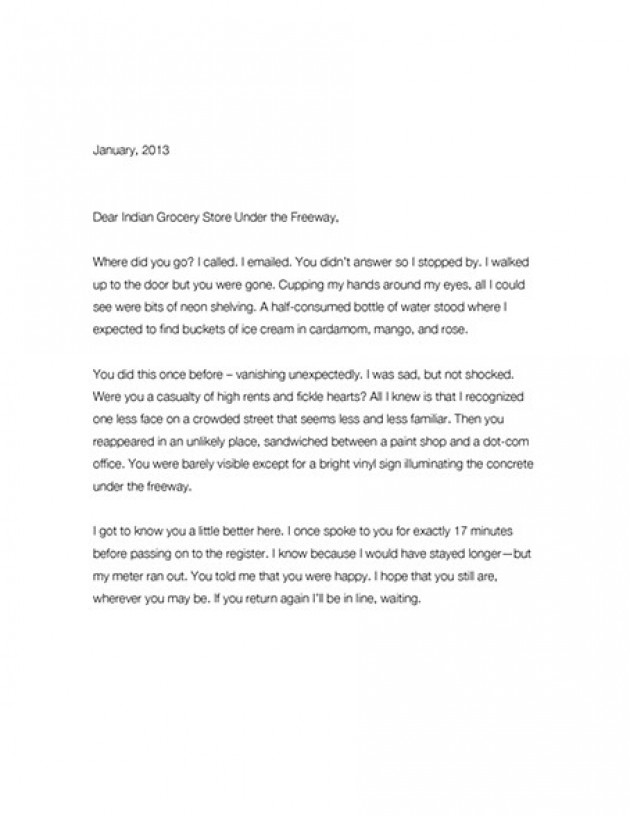

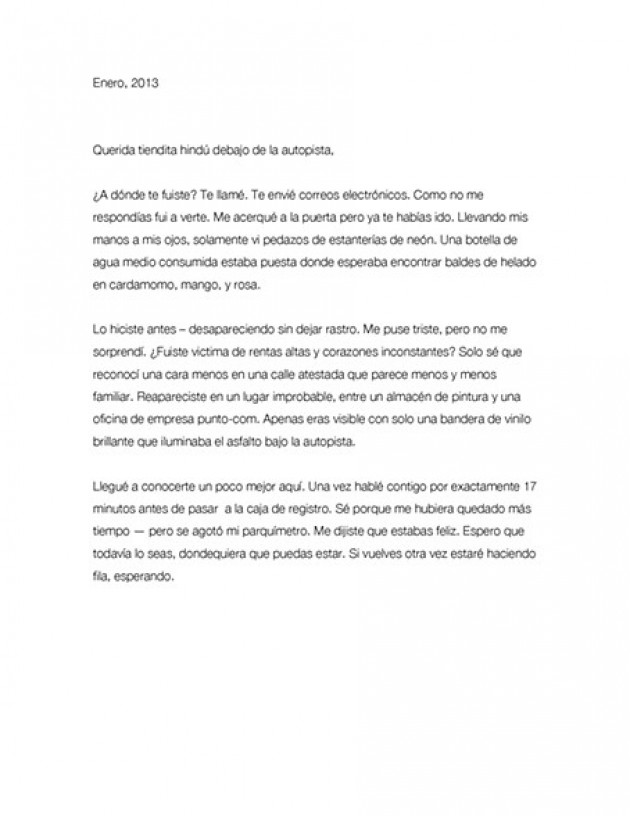
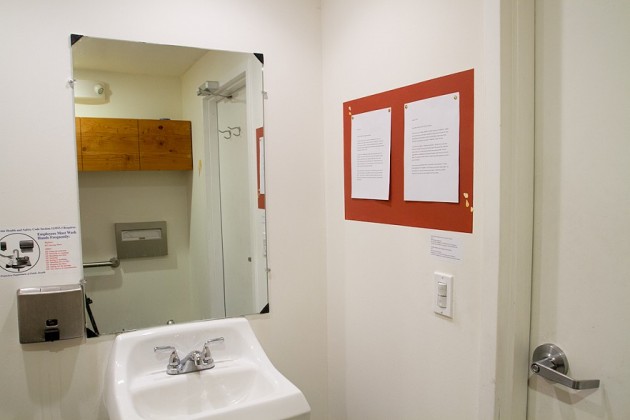
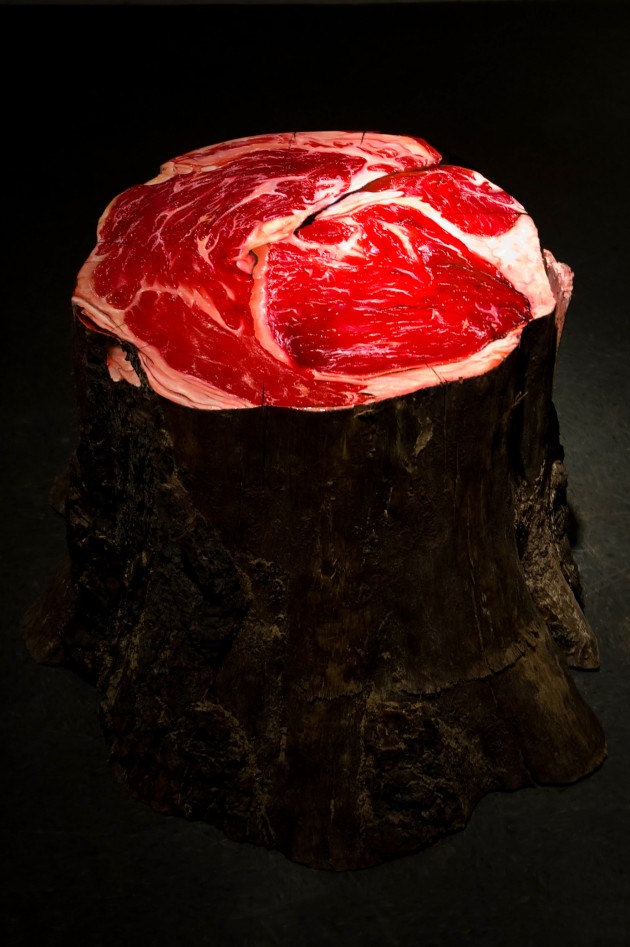
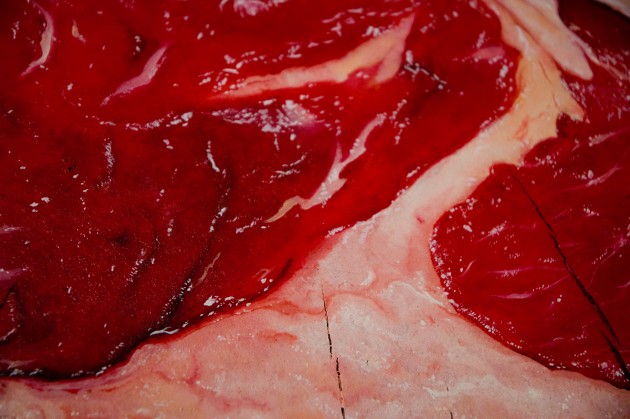
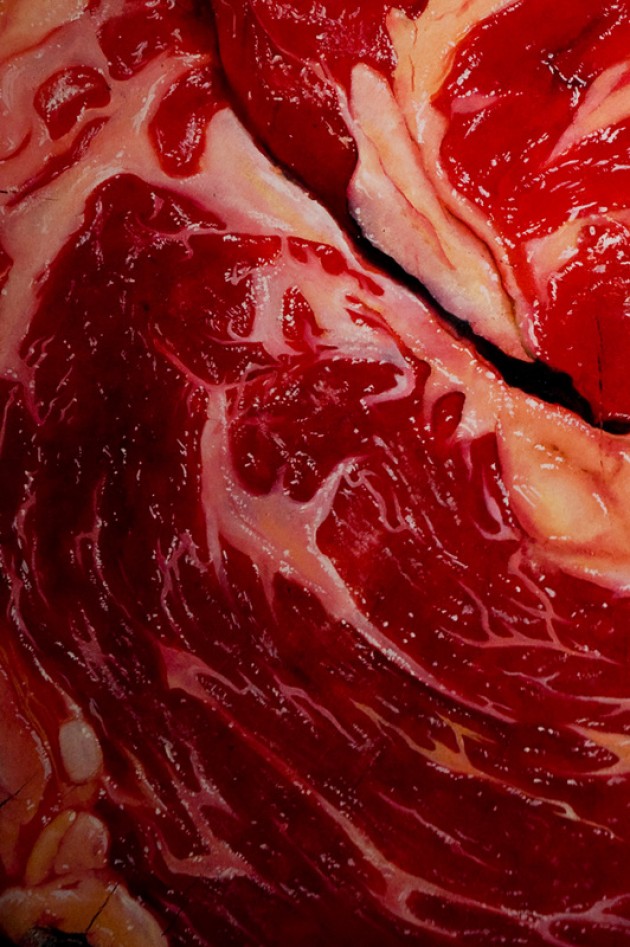
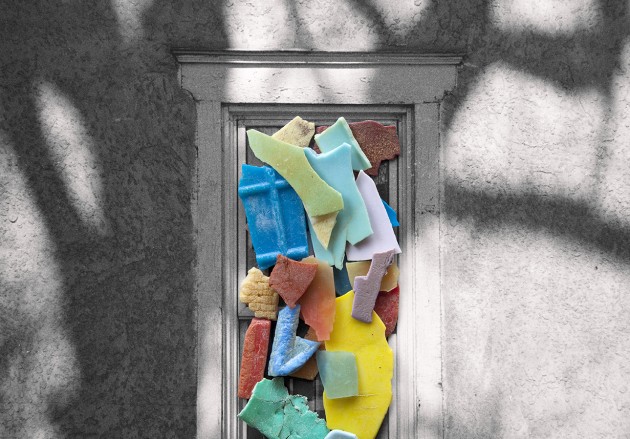
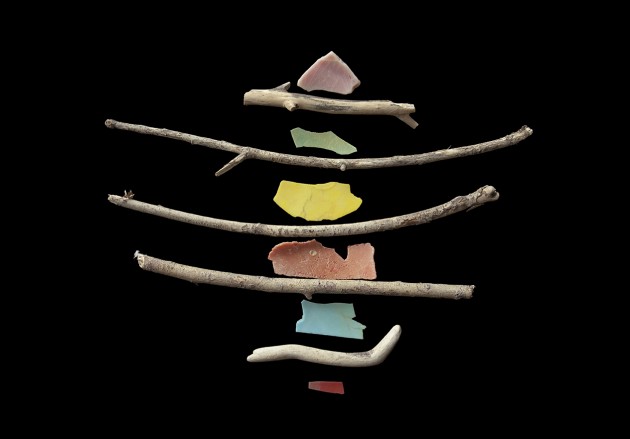
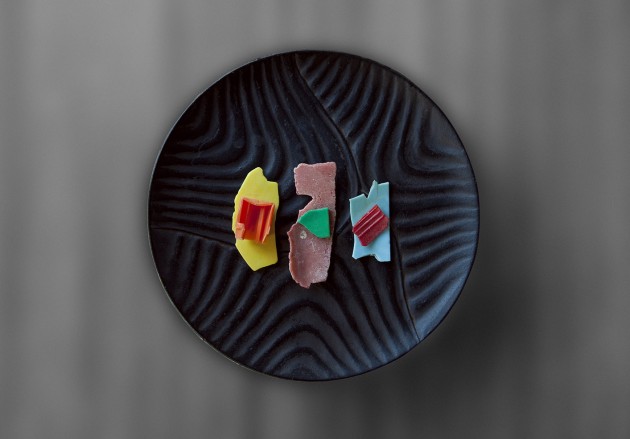










comments
X